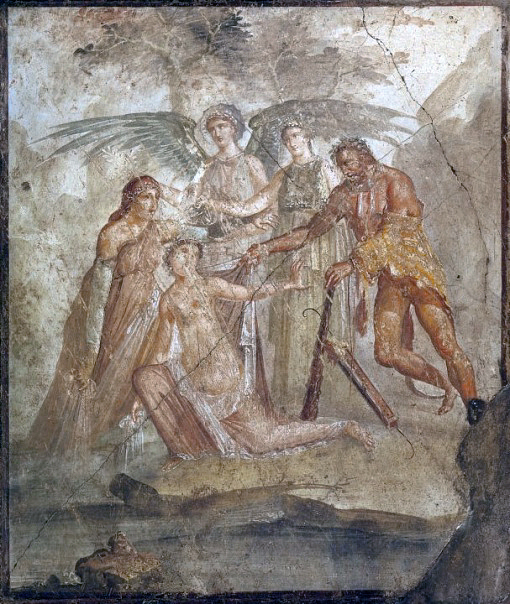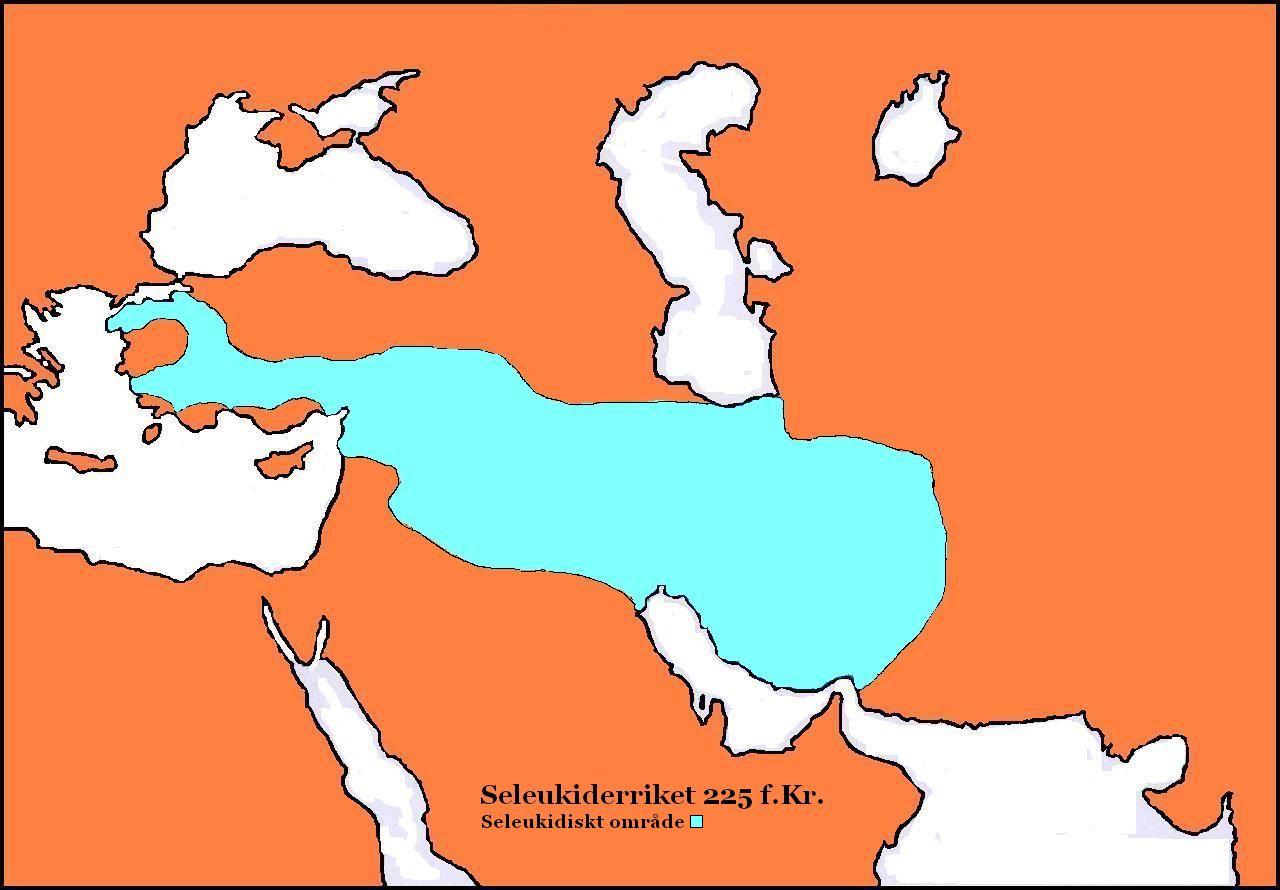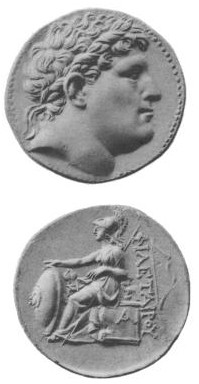|
Pergamon Altar
The Pergamon Altar () was a monumental construction built during the reign of the Ancient Greece, Ancient Greek King Eumenes II of the Kingdom of Pergamon, Pergamon Empire in the first half of the 2nd century BC on one of the terraces of the acropolis of Pergamon in Anatolia, Asia Minor (modern-day Turkey). The structure was wide and deep; the front stairway alone was almost wide. The base was decorated with a frieze in high relief showing the battle between the Giants (Greek mythology), Giants and the Twelve Olympians, Olympian gods known as the Gigantomachy. There was a second, smaller and less well-preserved high relief frieze on the inner court walls which surrounded the actual fire altar on the upper level of the structure at the top of the stairs. In a set of consecutive scenes, it depicts events from the life of Telephus, legendary founder of the city of Pergamon and son of the hero Heracles and Auge, one of Tegean king Aleus's daughters. In 1878, the German engineer ... [...More Info...] [...Related Items...] OR: [Wikipedia] [Google] [Baidu] |
Berlin - Pergamonmuseum - Altar 01
Berlin ( ; ) is the Capital of Germany, capital and largest city of Germany, by both area and List of cities in Germany by population, population. With 3.7 million inhabitants, it has the List of cities in the European Union by population within city limits, highest population within its city limits of any city in the European Union. The city is also one of the states of Germany, being the List of German states by area, third smallest state in the country by area. Berlin is surrounded by the state of Brandenburg, and Brandenburg's capital Potsdam is nearby. The urban area of Berlin has a population of over 4.6 million and is therefore the most populous urban area in Germany. The Berlin/Brandenburg Metropolitan Region, Berlin-Brandenburg capital region has around 6.2 million inhabitants and is Germany's second-largest metropolitan region after the Rhine-Ruhr region, as well as the List of EU metropolitan areas by GDP, fifth-biggest metropolitan region by GDP in the European Union. ... [...More Info...] [...Related Items...] OR: [Wikipedia] [Google] [Baidu] |
Auge
In Greek mythology, Auge (; ; Modern Greek: "av-YEE"), was the daughter of Aleus the king of Tegea in Arcadia, and the virgin priestess of Athena Alea. She was also the mother of the hero Telephus by Heracles. Auge had sex with Heracles (either willingly, or by force) and was made pregnant. When Aleus found this out, by various accounts, he ordered Auge drowned, or sold as a slave, or shut up in a wooden chest and thrown into the sea. However, in all these accounts, she and her son Telephus end up at the court of the Mysian king Teuthras, where Auge becomes the wife (or the adopted daughter) of Teuthras, and Telephus becomes Teuthras’ adopted son and heir. Family Auge was the daughter of Aleus, the grandson of Arcas, who was the son of Zeus and Callisto. Aleus was the king of Arcadia and eponym of Alea, and was said to have been the founder of the cult of Athena Alea and the builder of Temple of Athena Alea at his capital of Tegea. According to the mythographer ... [...More Info...] [...Related Items...] OR: [Wikipedia] [Google] [Baidu] |
Antiochos III
Antiochus III the Great (; , ; 3 July 187 BC) was the sixth ruler of the Seleucid Empire, reigning from 223 to 187 BC. He ruled over the Syria (region), region of Syria and large parts of the rest of West Asia towards the end of the 3rd century BC. Rising to the throne at the age of eighteen in April/June 223 BC, his early campaigns against the Ptolemaic Kingdom were unsuccessful, but in the following years Antiochus gained several military victories and substantially expanded the empire's territory. His traditional designation, ''the Great'', reflects an epithet he assumed. He also assumed the title ''Basileus Megas'' (Greek for 'Great King'), the Achaemenid Empire, traditional title of the Persian kings. A militarily active ruler, Antiochus restored much of the territory of the Seleucid Empire, before suffering a serious setback, towards the end of his reign, in his war against the Roman Republic. Declaring himself the "champion of Greek freedom against Roman domination", he Roma ... [...More Info...] [...Related Items...] OR: [Wikipedia] [Google] [Baidu] |
Galatia
Galatia (; , ''Galatía'') was an ancient area in the highlands of central Anatolia, roughly corresponding to the provinces of Ankara and Eskişehir in modern Turkey. Galatia was named after the Gauls from Thrace (cf. Tylis), who settled here and became a small transient foreign tribe in the 3rd century BC, following the Gallic invasion of the Balkans in 279 BC. It has been called the "Gallia" of the East. Geography Galatia was bounded to the north by Bithynia and Paphlagonia, to the east by Pontus and Cappadocia, to the south by Cilicia and Lycaonia, and to the west by Phrygia. Its capital was Ancyra (i.e. Ankara, today the capital of modern Turkey). Celtic Galatia The terms "Galatians" came to be used by the Greeks for the three Celtic peoples of Anatolia: the Tectosages, the Trocmii, and the Tolistobogii. By the 1st century BC, the Celts had become so Hellenized that some Greek writers called them ''Hellenogalatai'' (Ἑλληνογαλάται). The Romans cal ... [...More Info...] [...Related Items...] OR: [Wikipedia] [Google] [Baidu] |
Eumenes I
Eumenes I () was dynast (ruler) of the city of Pergamon in Asia Minor from 263 BC until his death in 241 BC. He was the son of Eumenes, the brother of Philetaerus, the founder of the Attalid dynasty, and Satyra, daughter of Poseidonius. As he had no children, Philetaerus adopted Eumenes to become his heir. Although nominally under Seleucid control, Pergamon under Philetaerus enjoyed considerable autonomy. However, upon his succession, Eumenes, perhaps with the encouragement of Ptolemy II, who was at war with the Seleucids, revolted, defeating the Seleucid king Antiochus I near the Lydian capital of Sardis in 261 BC. He was thus able to free Pergamon, and greatly increase the territories under his control. In his new possessions, he established garrison posts in the north at the foot of Mount Ida called Philetaireia after his adoptive father, and in the east, northeast of Thyatira near the sources of the river Lycus, called Attaleia after his grandfather, and he extended his c ... [...More Info...] [...Related Items...] OR: [Wikipedia] [Google] [Baidu] |
Attalus I
Attalus I ( ), surnamed ''Soter'' (, ; 269–197 BC), was the ruler of the Greek polis of Pergamon (modern-day Bergama, Turkey) and the larger Pergamene Kingdom from 241 BC to 197 BC. He was the adopted son of King Eumenes I, whom he succeeded, and the first of the Attalid dynasty to assume the title of king, sometime around 240 to 235 BC. He was the son of Attalus and his wife Antiochis. Attalus won an important victory, the Battle of the Caecus River, over the Galatians, a group of migratory Celtic tribes from Thrace, who had been plundering and exacting tribute throughout most of Asia Minor for more than a generation. The victory was celebrated with a triumphal monument at Pergamon ('' The Dying Gaul'') and Attalus taking the surname " Soter" and the title of king. He participated in the first and second Macedonian Wars against Philip V of Macedon as a loyal ally of the Roman Republic, although Pergamene participation was ultimately rather minor ... [...More Info...] [...Related Items...] OR: [Wikipedia] [Google] [Baidu] |
Seleucid Empire
The Seleucid Empire ( ) was a Greek state in West Asia during the Hellenistic period. It was founded in 312 BC by the Macedonian general Seleucus I Nicator, following the division of the Macedonian Empire founded by Alexander the Great, and ruled by the Seleucid dynasty until its annexation by the Roman Republic under Pompey in 63 BC. After receiving the Mesopotamian regions of Babylonia and Assyria in 321 BC, Seleucus I began expanding his dominions to include the Near Eastern territories that encompass modern-day Iraq, Iran, Afghanistan, Syria, and Lebanon, all of which had been under Macedonian control after the fall of the former Achaemenid Empire. At the Seleucid Empire's height, it had consisted of territory that covered Anatolia, Persia, the Levant, Mesopotamia, and what are now modern Kuwait, Afghanistan, and parts of Turkmenistan. The Seleucid Empire was a major center of Hellenistic culture. Greek customs and language were privileged; the wide vari ... [...More Info...] [...Related Items...] OR: [Wikipedia] [Google] [Baidu] |
Hellenistic Period
In classical antiquity, the Hellenistic period covers the time in Greek history after Classical Greece, between the death of Alexander the Great in 323 BC and the death of Cleopatra VII in 30 BC, which was followed by the ascendancy of the Roman Empire, as signified by the Battle of Actium in 31 BC and the Roman conquest of Ptolemaic Egypt the following year, which eliminated the last major Hellenistic kingdom. Its name stems from the Ancient Greek word ''Hellas'' (, ''Hellás''), which was gradually recognized as the name for Greece, from which the modern historiographical term ''Hellenistic'' was derived. The term "Hellenistic" is to be distinguished from "Hellenic" in that the latter refers to Greece itself, while the former encompasses all the ancient territories of the period that had come under significant Greek influence, particularly the Hellenized Middle East, after the conquests of Alexander the Great. After the Macedonian conquest of the Achaemenid Empire in ... [...More Info...] [...Related Items...] OR: [Wikipedia] [Google] [Baidu] |
Philetaerus
Philetaerus (; , ''Philétairos'', c. 343 –263 BC) was the founder of the Attalid dynasty of Pergamon in Anatolia. Early life and career under Lysimachus Philetaerus was born in Tieium (Greek: ''Tieion''), a small town on the Black Sea coast in Anatolia. His father Attalus (Greek: ''Attalos'') was Greek and his mother Boa was from Paphlagonia. After the death of Alexander the Great in 323 BC, Philetaerus became involved in the Wars of the Diadochi among Alexander's regional governors, Antigonus in Phrygia, Lysimachus in Thrace, and Seleucus in Babylonia (among others). Philetaerus first served under Antigonus. He then shifted his allegiance to Lysimachus, who, after Antigonus was killed at the Battle of Ipsus in 301 BC, made Philetaerus commander of Pergamon, where Lysimachus kept a treasury of nine thousand talents of silver.Strabo13.4.1 Ruler of Pergamon Philetaerus served Lysimachus until 282 BC, when, perhaps because of conflicts involving the court intrigues of ... [...More Info...] [...Related Items...] OR: [Wikipedia] [Google] [Baidu] |
Pergamon Museum
The Pergamon Museum (; ) is a Kulturdenkmal , listed building on the Museum Island in the Mitte (locality), historic centre of Berlin, Germany. It was built from 1910 to 1930 by order of Emperor Wilhelm II, German Emperor, Wilhelm II and according to plans by Alfred Messel and Ludwig Hoffmann (architect), Ludwig Hoffmann in Stripped Classicism, Stripped Classicism style. As part of the Museum Island complex, the Pergamon Museum was added to the UNESCO World Heritage List in 1999 because of its architecture and testimony to the evolution of museums as architectural and social phenomena. Prior to its closing in 2023, the Pergamon Museum was home to the ', including the famous Pergamon Altar, the and the . In October 2023, the museum was completely closed for visitors, and is expected to remain mostly closed for 14 to 20 years – until 2037 to 2043 – for the execution of comprehensive renovation works. Its North Wing is expected to reopen in 2027. Origin By the time the K ... [...More Info...] [...Related Items...] OR: [Wikipedia] [Google] [Baidu] |
Berlin
Berlin ( ; ) is the Capital of Germany, capital and largest city of Germany, by both area and List of cities in Germany by population, population. With 3.7 million inhabitants, it has the List of cities in the European Union by population within city limits, highest population within its city limits of any city in the European Union. The city is also one of the states of Germany, being the List of German states by area, third smallest state in the country by area. Berlin is surrounded by the state of Brandenburg, and Brandenburg's capital Potsdam is nearby. The urban area of Berlin has a population of over 4.6 million and is therefore the most populous urban area in Germany. The Berlin/Brandenburg Metropolitan Region, Berlin-Brandenburg capital region has around 6.2 million inhabitants and is Germany's second-largest metropolitan region after the Rhine-Ruhr region, as well as the List of EU metropolitan areas by GDP, fifth-biggest metropolitan region by GDP in the European Union. ... [...More Info...] [...Related Items...] OR: [Wikipedia] [Google] [Baidu] |








